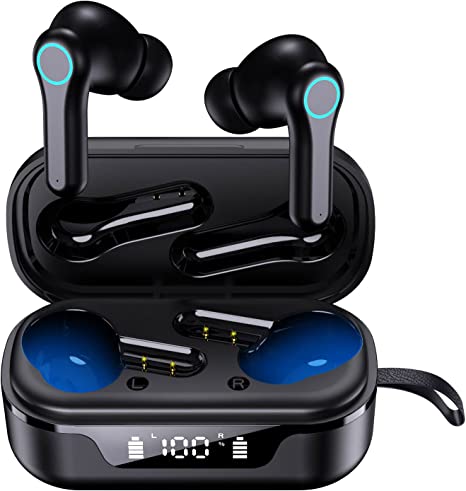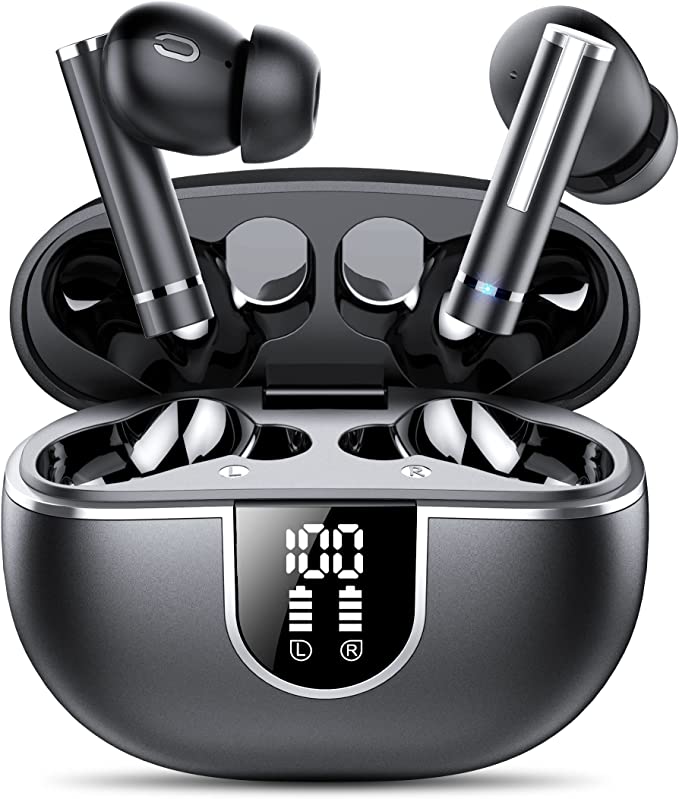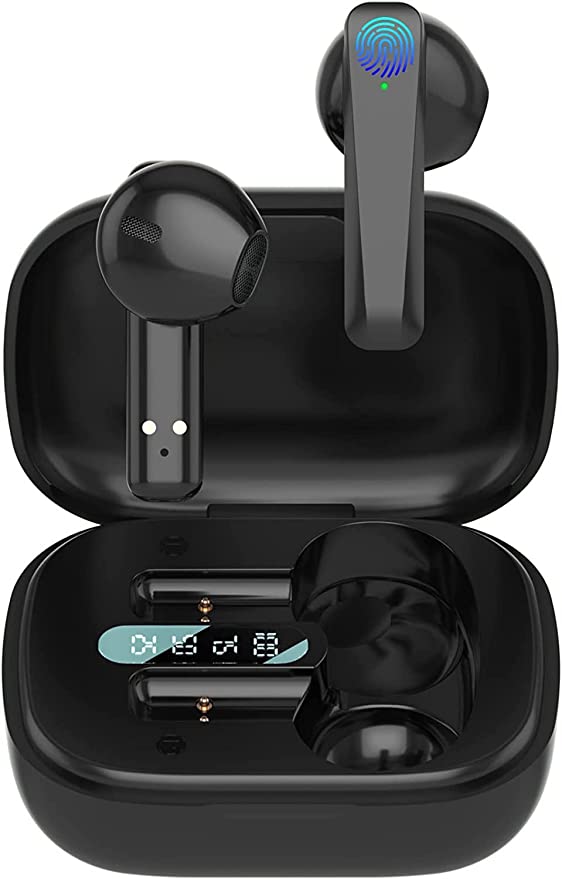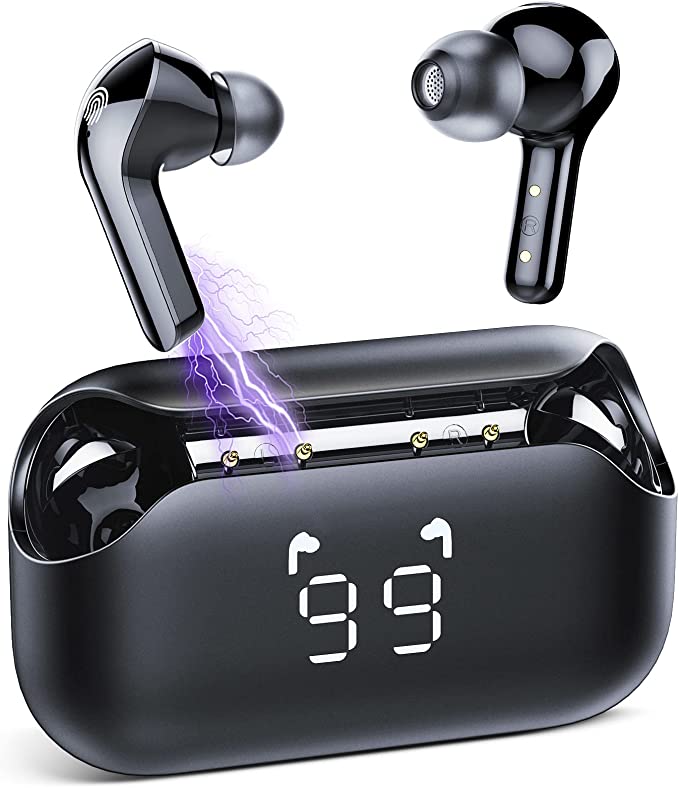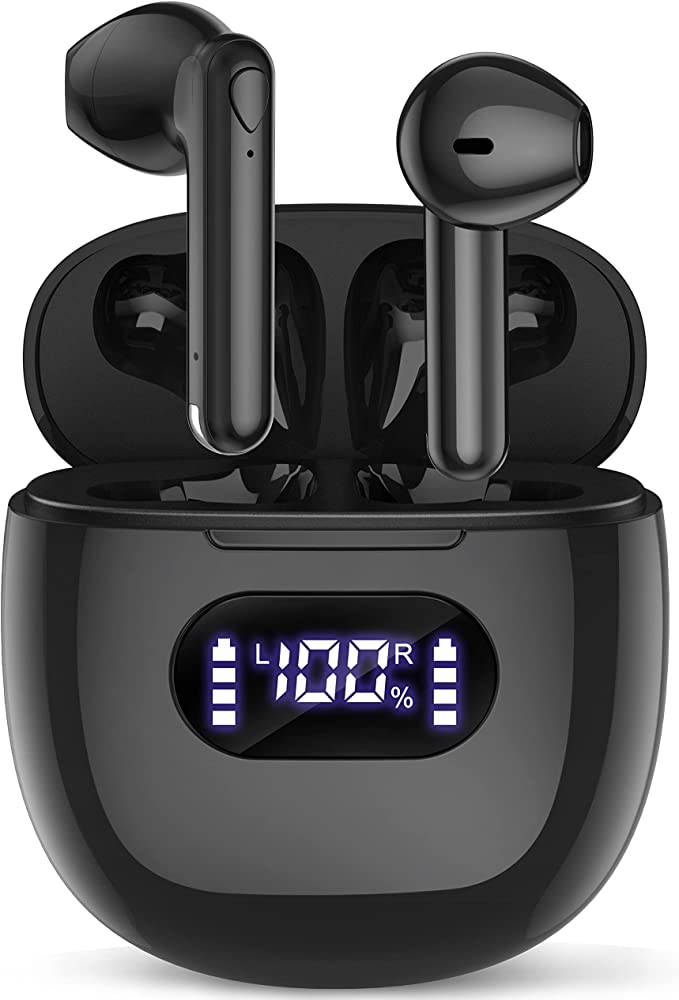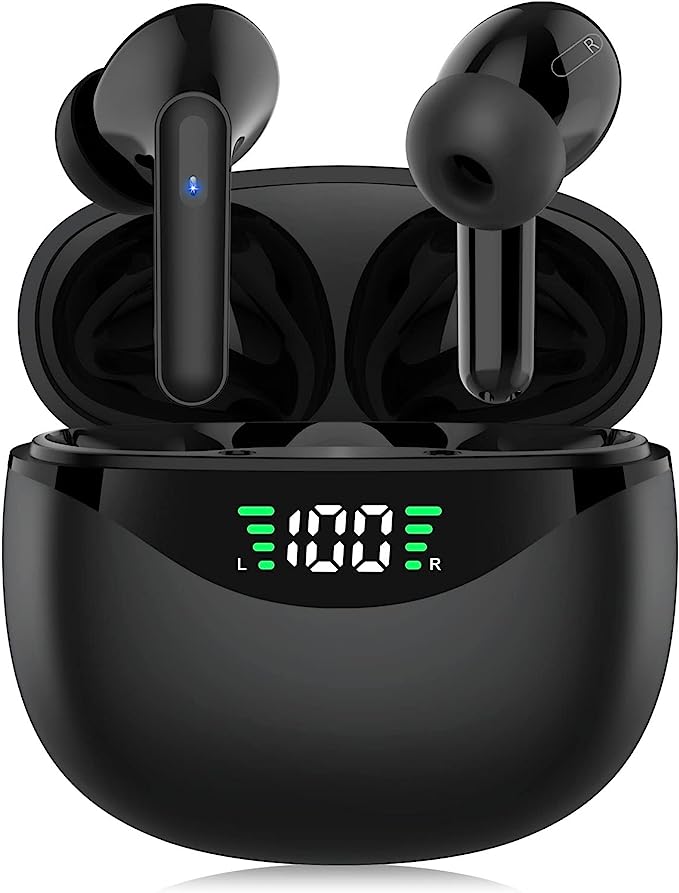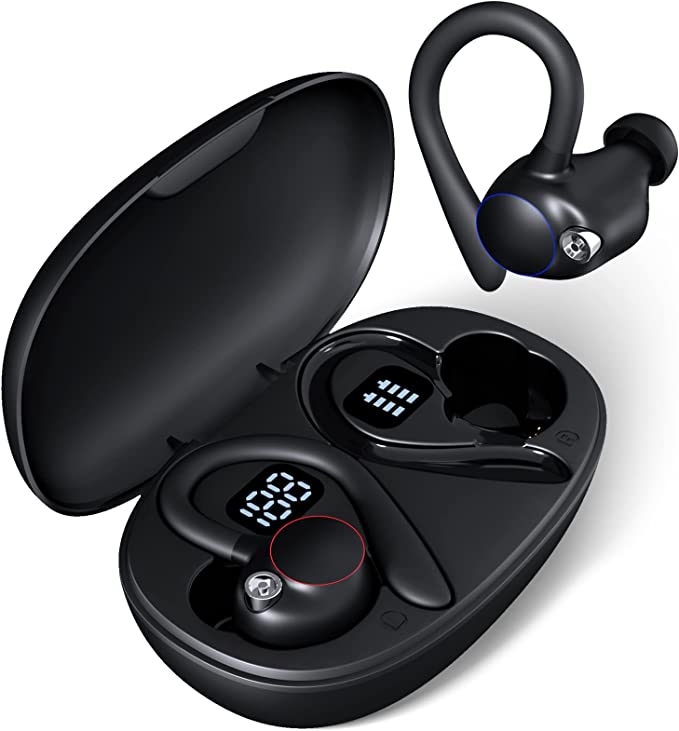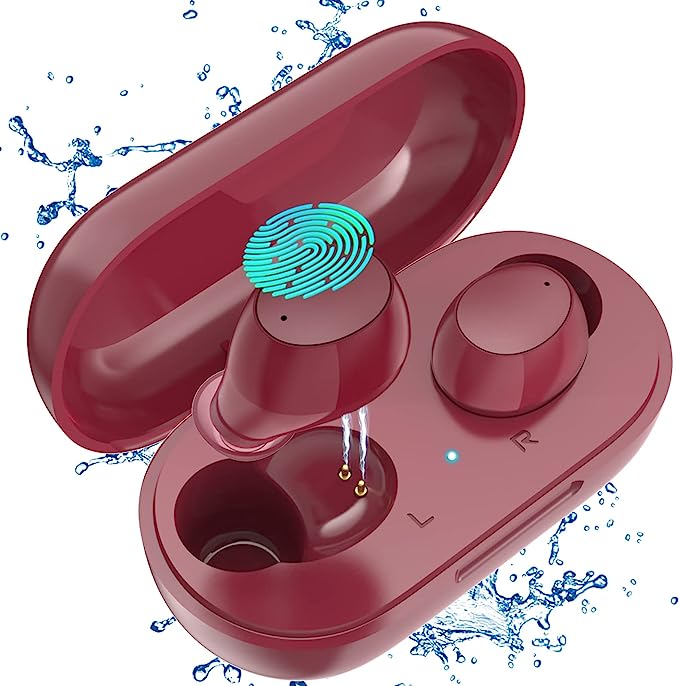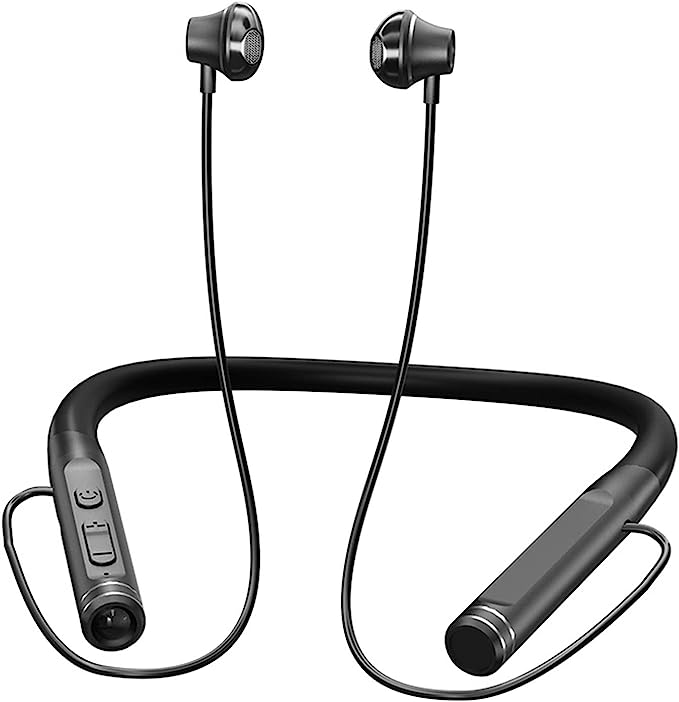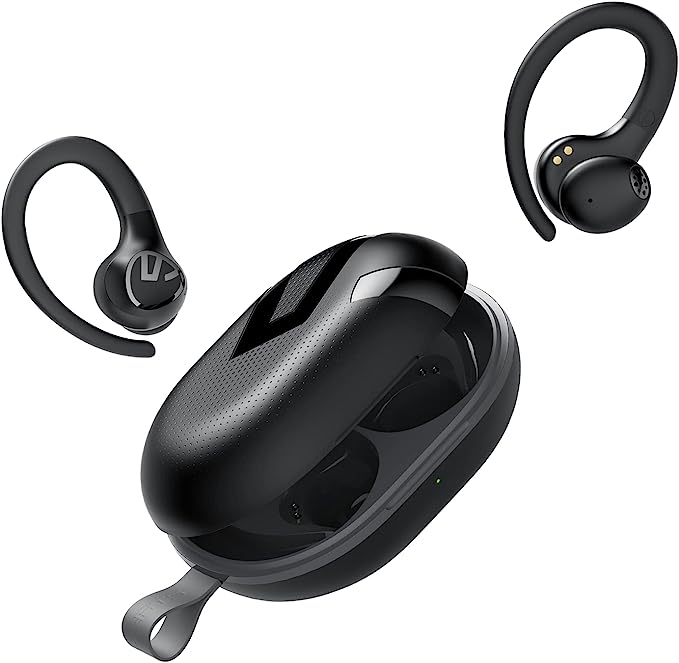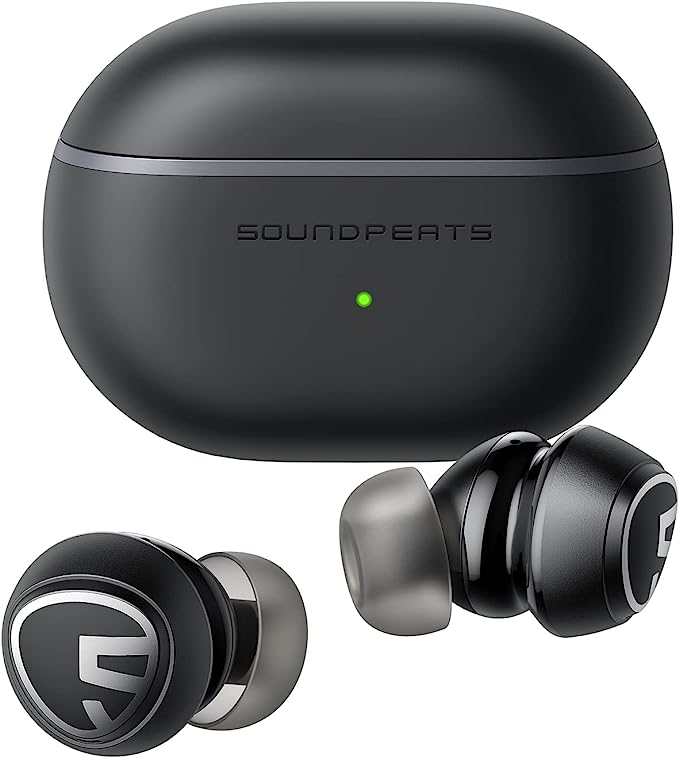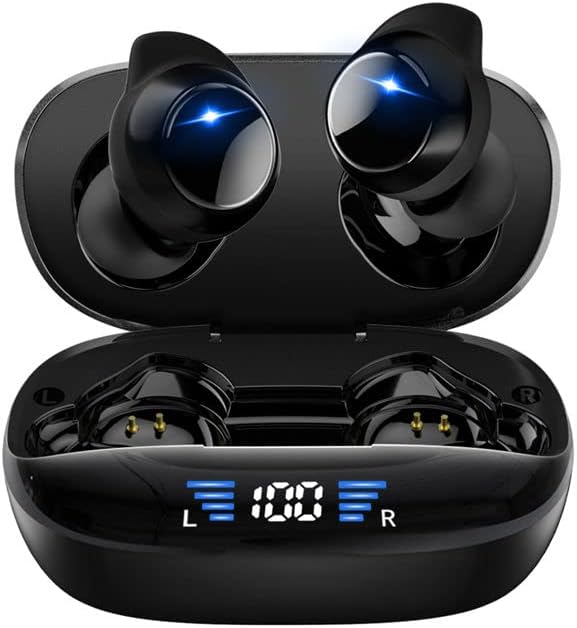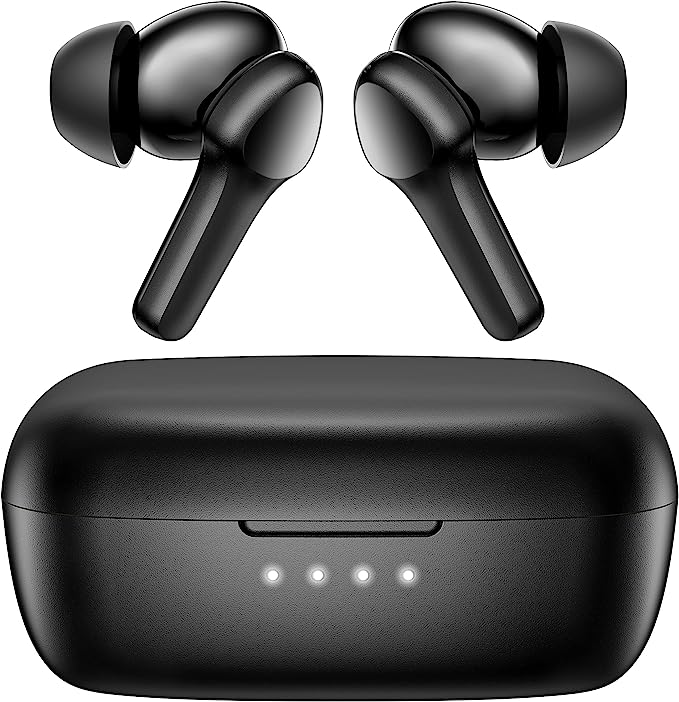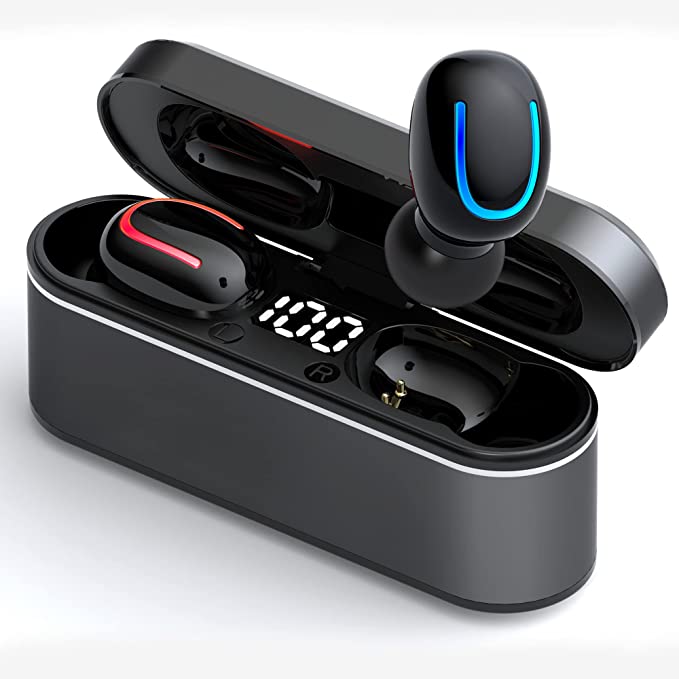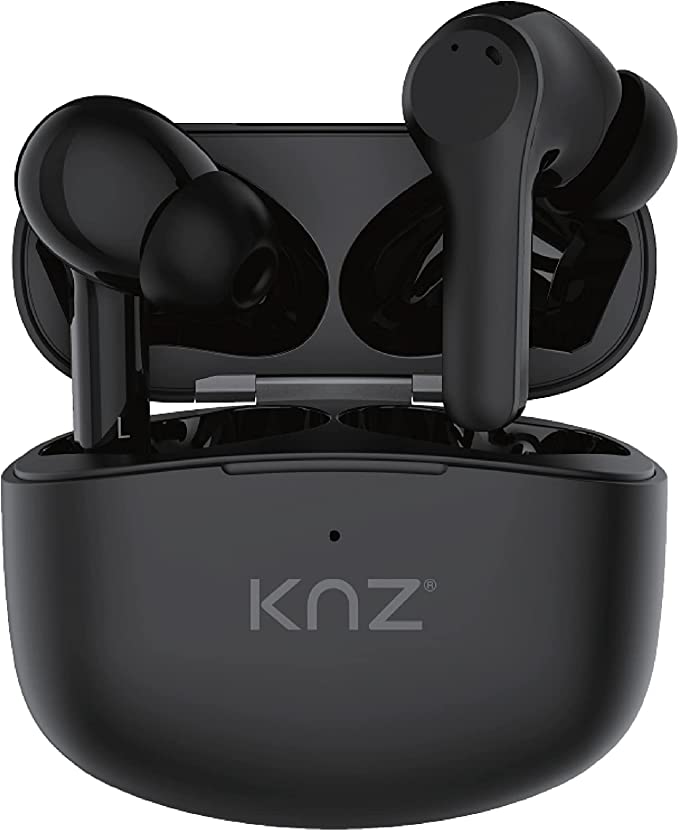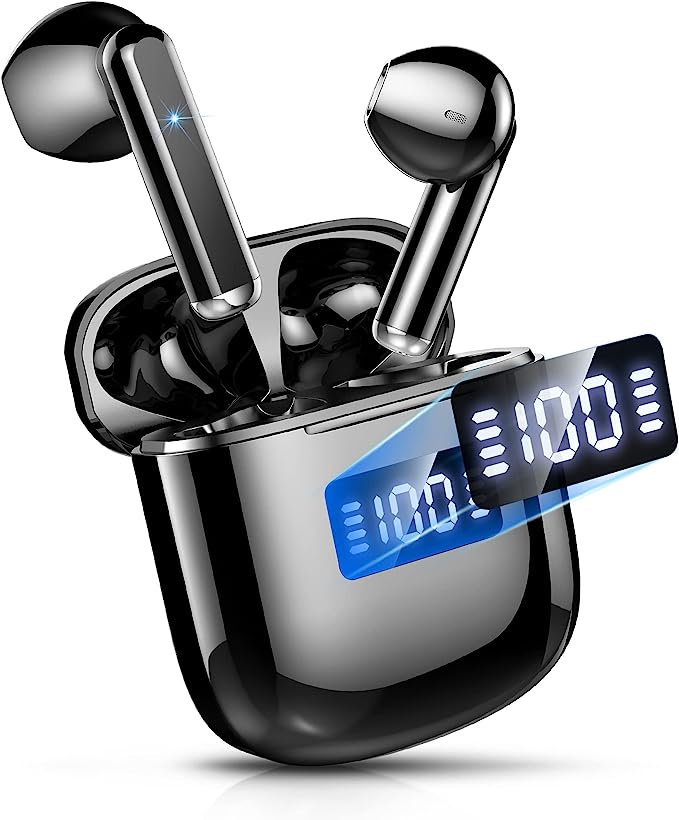How Wireless Earbuds Work: A Deep Dive Into the Tech That Powers Your Sound
Update on Oct. 29, 2025, 7:35 p.m.
We all live in our own personal bubbles of sound. Whether you’re on a crowded train, powering through a set at the gym, or simply walking down a noisy street, we create private soundscapes that belong only to us. It feels almost magical that we can summon these rich, complex audio worlds with two tiny plastic shells nestled in our ears.
But it isn’t magic. It’s a symphony of brilliant science—a stunning intersection of century-old physics, advanced materials, and sophisticated software. To truly appreciate this everyday marvel, we need to peel back the plastic shell and see the engine inside.
So, let’s embark on that journey together. We’ll use a modern pair of sport earbuds, the Matast C16, not as a product to be reviewed, but as our specimen. By dissecting its technology, we can uncover the universal principles that power the entire world of wireless audio.

Part 1: The Birth of Sound – The Dynamic Driver
Before any sound can travel through the air, it must first be born as a physical vibration. The heart of nearly every earbud, its vocal cords, is a component called the dynamic driver. This technology is remarkably timeless, tracing its roots back to a 1925 patent. The core principle—electromagnetism—is so effective that it remains the dominant force in audio today.
So, how does it work? Imagine a miniature loudspeaker, because that’s exactly what it is.
- The Core Components: Inside, you have a thin membrane (the diaphragm), attached to a tiny coil of wire (the voice coil). This whole assembly sits within the field of a small, powerful magnet.
- The Signal: When your device sends an electrical current representing music, it flows through the voice coil, turning it into a temporary electromagnet.
- The Movement: This electromagnet is then rapidly pushed and pulled by the permanent magnet, causing the attached diaphragm to vibrate thousands of times per second.
- The Sound: These vibrations create pressure waves in the air—the very essence of sound that your eardrum perceives as music.
The physical characteristics of this driver are critical. For instance, the Matast C16 earbuds use 13mm drivers, which are relatively large for an earbud. A larger driver can move more air, much like a big bass drum creates a deeper sound than a small snare drum. This is why larger drivers are excellent at producing rich, resonant low-frequency sounds (the bass you can feel).
But it’s not just about size. The diaphragm’s material is key to clarity. It needs to be incredibly light to react instantly to fast-paced music, yet rigid enough to avoid distorting or wobbling. That’s why you often see terms like “triple-layer composite diaphragm.” These are advanced materials engineered to be stiff, lightweight, and well-damped, ensuring the thump of the bass doesn’t muddy the crispness of a cymbal crash.
Finally, the housing around the driver—often described with terms like a “4-sound chamber design”—acts like the body of a violin. These internal cavities and vents are precisely engineered to control resonance and shape the final sound, turning raw vibration into a refined musical performance.
Part 2: The Invisible Leap – Bluetooth and Codecs
Once the sound is created, its digital blueprint must make an invisible leap from your phone to your ears. This is the job of Bluetooth, a technology named after Harald “Bluetooth” Gormsson, a Viking king who united warring tribes—just as the technology unites our disparate devices.
When you stream audio, your phone doesn’t just send the raw file. It’s too large. Instead, it uses a codec (a blend of “coder-decoder”) to compress the data for its wireless journey.
- SBC (Subband Codec): This is the universal, mandatory codec for all Bluetooth audio. It gets the job done but is like a basic translator—functional, but some nuance can be lost.
- AAC (Advanced Audio Coding): A more efficient codec used by Apple and many other platforms. It’s a better translator, delivering higher-quality sound at similar data rates.
This process of compressing, sending, and decompressing takes a tiny but measurable amount of time. We call this latency. For music, it’s unnoticeable. But for watching a video or playing a game, high latency creates a jarring delay between what you see and what you hear.
This is where advancements like Bluetooth 5.4 become so important. Compared to older versions, it’s a much more efficient and robust standard. It offers faster transfer speeds and significantly lower power consumption. More importantly, it dramatically reduces latency—sometimes down to as low as 55 milliseconds—making the delay between video and audio virtually imperceptible. This improved efficiency is also why a tiny earbud battery can now last 8 hours or more on a single charge.
Part 3: Sculpting Clarity – How Noise Cancellation Really Works
Perhaps the most demanding task your earbuds perform isn’t playing music, but managing the noise around you. This is where we need to clarify two often-confused terms: ANC and ENC.
ENC (Environmental Noise Cancellation) is for the person on the other end of your phone call. Its job is to make sure your voice is transmitted clearly, without the background chatter of the coffee shop or the roar of street traffic.
Modern earbuds achieve this using a microphone array and a clever technique called beamforming. By using multiple microphones (the C16, for example, uses four), the earbud’s internal chip, or Digital Signal Processor (DSP), can analyze the tiny time difference it takes for sound to reach each mic. In doing so, it creates a narrow “beam” of sensitivity pointed directly at your mouth. It algorithmically filters out sounds from other directions, acting like a digital sieve that catches your voice while letting ambient noise fall away.
ANC (Active Noise Cancellation), on the other hand, is for your listening pleasure. It’s designed to silence the world around you so you can focus on your audio. While not a feature of all sport earbuds, it works by using microphones to listen to outside noise and then generating an opposite soundwave—“anti-noise”—to cancel it out before it reaches your ear.
Part 4: The Unseen Guardians – Everyday Engineering Magic
The final layer of innovation lies in the clever engineering that makes these devices feel intuitive and robust.
-
One-Step Pairing: You flip open the case, and your earbuds instantly connect. This is often powered by the Hall effect, a simple 19th-century physics principle. A tiny sensor in the case detects the magnetic field from a magnet in the lid. When you open it, the change in the magnetic field triggers the earbuds to wake up and connect. It’s simple, reliable, and feels like magic.
-
IP7 Waterproofing: An IP7 rating means the device can be submerged in 1 meter of water for 30 minutes. This isn’t achieved with bulky seals but with an invisible nano-coating on the internal circuitry. This coating is hydrophobic, causing water and sweat to bead up and roll off instead of causing a short. It’s what gives you the peace of mind to wear them during an intense workout or a run in the rain.
-
Ergonomics and Fit: Finally, simple mechanical physics ensures the earbuds stay put. For sport models, flexible over-ear hooks provide a secure anchor, counteracting the forces of motion so you can focus on your activity, not on an earbud falling out.
From electromagnetism to digital processing, every feature in your earbuds is a solution to a complex problem. They are a pocket-sized symphony of science. The next time you press play and retreat into your world of sound, take a moment to appreciate the invisible orchestra of physicists and engineers playing in perfect harmony, all to bring that sound to you.

